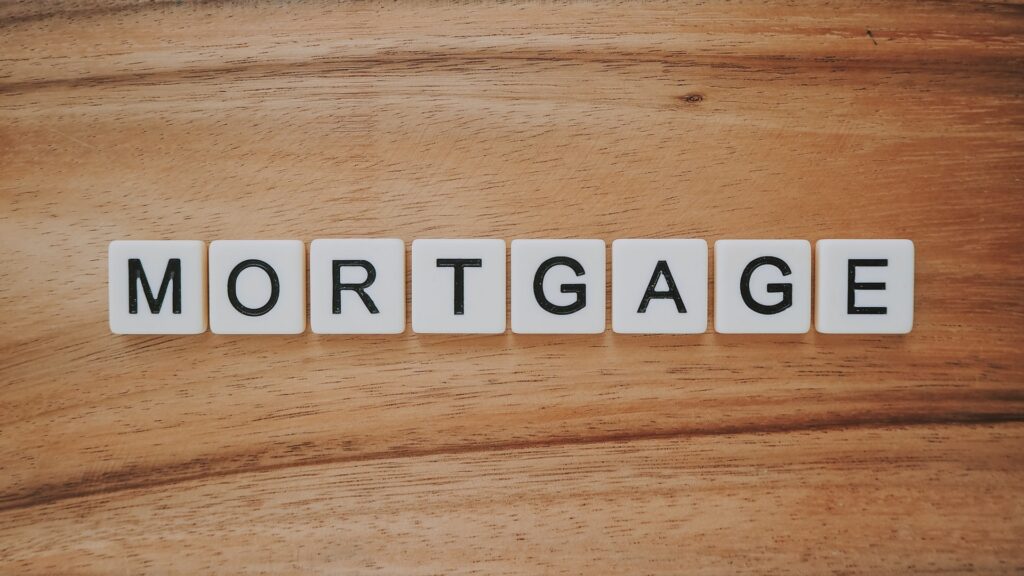Choosing the Best Mortgage
If you’re in the market for a house, you’ve likely started making a list of must-haves for your new home. And while figuring out what kind of house you want is a big part of buying, figuring out how to pay is just as important! That means applying for a mortgage loan. But which one is right for you? Here’s how to determine which type of mortgage to get.
The Difference Between Conventional and Government-Backed Loans
First, you’ll find that mortgages are divided into two categories: conventional and government-backed. A conventional loan is not insured by the government, so if you can’t make the payments, the lender isn’t protected like it is with government-backed loans. As a result, not everyone qualifies for conventional mortgages.
More specifically, to qualify, you need a credit score of 620 or higher, as well as a down payment of at least three percent. The higher your score and the more money you put down, the lower your interest rate will be.
Best if: you have the money for at least a three-percent down payment and a good credit score.
Types of Government-Backed Mortgages
If you don’t think you’d qualify for a conventional loan, don’t give up on your dream of buying a home. Instead, look at government-backed mortgages. These are easier to qualify for because the lenders know that if the borrowers default on the loan, the government will pay them back.
FHA
Offered by the Federal Housing Administration, FHA loans are known for having low credit score and income requirements yet low interest rates. As long as your credit score is 500 or higher, you could qualify.
You will have to put at least 10 percent down if your credit score is 500 or 3.5 percent down if your score is 580 or more. Also, FHA loans require mortgage insurance. So, while FHA loans have a low credit score and income requirements, they require you to spend more on payments.
Best if: you have a low credit score and would struggle to meet income requirements, but can put at least 3.5 percent down plus mortgage insurance.
USDA
The United States Department of Agriculture offers USDA loans for buyers who want to live in rural or suburban areas. You can’t use a USDA loan to buy in a big city as the house has to be in an eligible rural area. In return, you’ll be rewarded with no down payment requirements!
That means you can use the USDA loan to buy a house with no money down. You’ll also have low mortgage insurance fees and a low interest rate. You do have to have a credit score of at least 640, and you must make below a certain income.
Best if you have a credit score of 640 or higher and can move to a rural area, but don’t have a high income or down payment.
VA
VA loans are backed by the Department of Veterans Affairs, so they’re only available to buyers who are serving or have served in the military. If you or your spouse would be considered a veteran, active-duty service member or surviving spouse, a VA loan is your best bet. After all, there’s no down payment or mortgage insurance required.
Additionally, the interest rates are low, and you don’t have to have a high credit score to qualify. Just be prepared to prove your military affiliation and pay a funding fee of up to 3.6 percent of the total.
Best if you’re in the military and don’t want a down payment or high interest rates.
Fixed-Rate vs. Adjustable
Another detail to consider when choosing the best mortgage is what kind of interest rate you want. Of course, everyone wants a low rate! But, do you want it to be fixed or adjustable?
A fixed-rate mortgage keeps the same interest rate for the life of the loan. So if you buy when rates are low and then they go up, you’re locked into the low rate. About 70 percent of buyers choose fixed-rate mortgages due to their stability.
Best if you want the same interest rate—and mortgage payment—for the life of the loan.
With an adjustable-rate mortgage (ARM), the rate fluctuates with the market—making it a higher risk. When you buy your house, the adjustable rate may start lower than the market rate, but it will increase after a few years, usually much higher than the market. So while you’ll pay less at first, your monthly payment may go up by hundreds of dollars when the rate increases.
Best if you plan on living in your house for only a few years and selling before the rate increases.
In Summary
Now that you know the differences between mortgage types, you have the basic facts to help choose the best mortgage for your needs. If you’re still not sure, talk to your real estate agent or a local loan officer to find out which mortgage is right for you!


